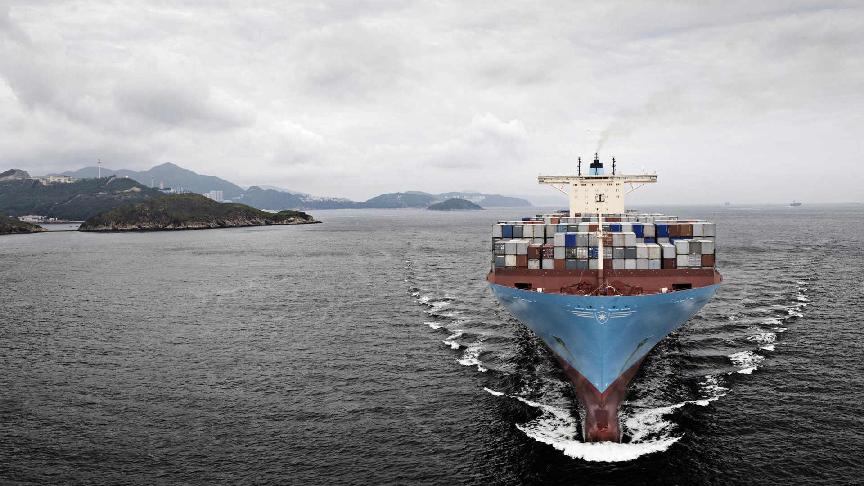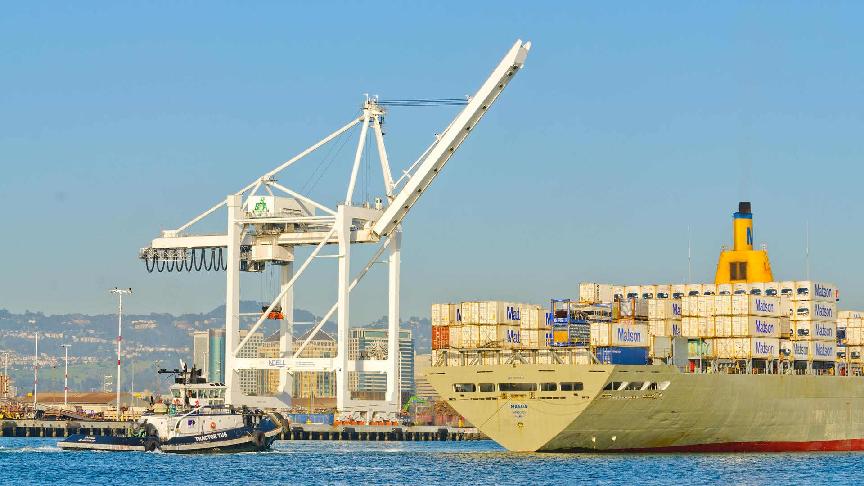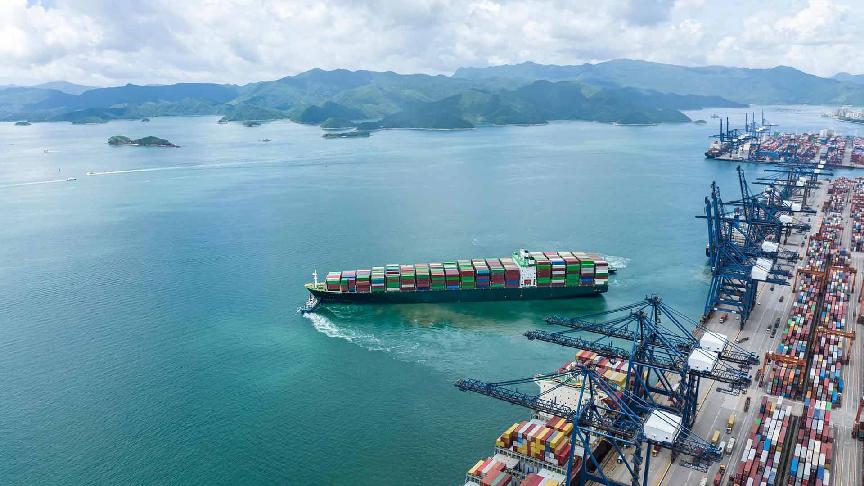Since the second half of December 2023, when Houthi rebels started their attacks close to Bab-el Mandeb Strait, the ships changed course to sail around Africa, adding approximately two weeks from China to Europe.
Consequently, this situation has broken the balance between vessel transit time and capacity. More ships are calling transhipment ports compared to a year ago. In addition, the ports lack the infrastructure to cope with the demand, adding to higher waiting times for a berth and extended port stays.
The Strait of Malacca, a vital chokepoint in global trade, is the most challenging area on the route between the Far East and Europe.
At Singapore, the biggest port in the Strait, congestion began to build as ships started sailing around the Cape of Good Hope. Vessel waiting times increased to 3-5 days.
This affected the Asia-Europe and Asia-North America routes and sparked a chain reaction at nearby facilities, such as Port Klang.In Port Klang, vessel bunching increased waiting times to 3 days.
While an analysis by Linerlytica shows congestion has improved for South Asian ports from 27% (June) to 9% (July) of global congestion, the improvement might only be temporary,
According to Linerlytica, the ease in congestion at the ports is a result of carriers omitting these ports in July. Vessels will return to Singapore and Port Klang in August, when congestion will most likely worsen again.








